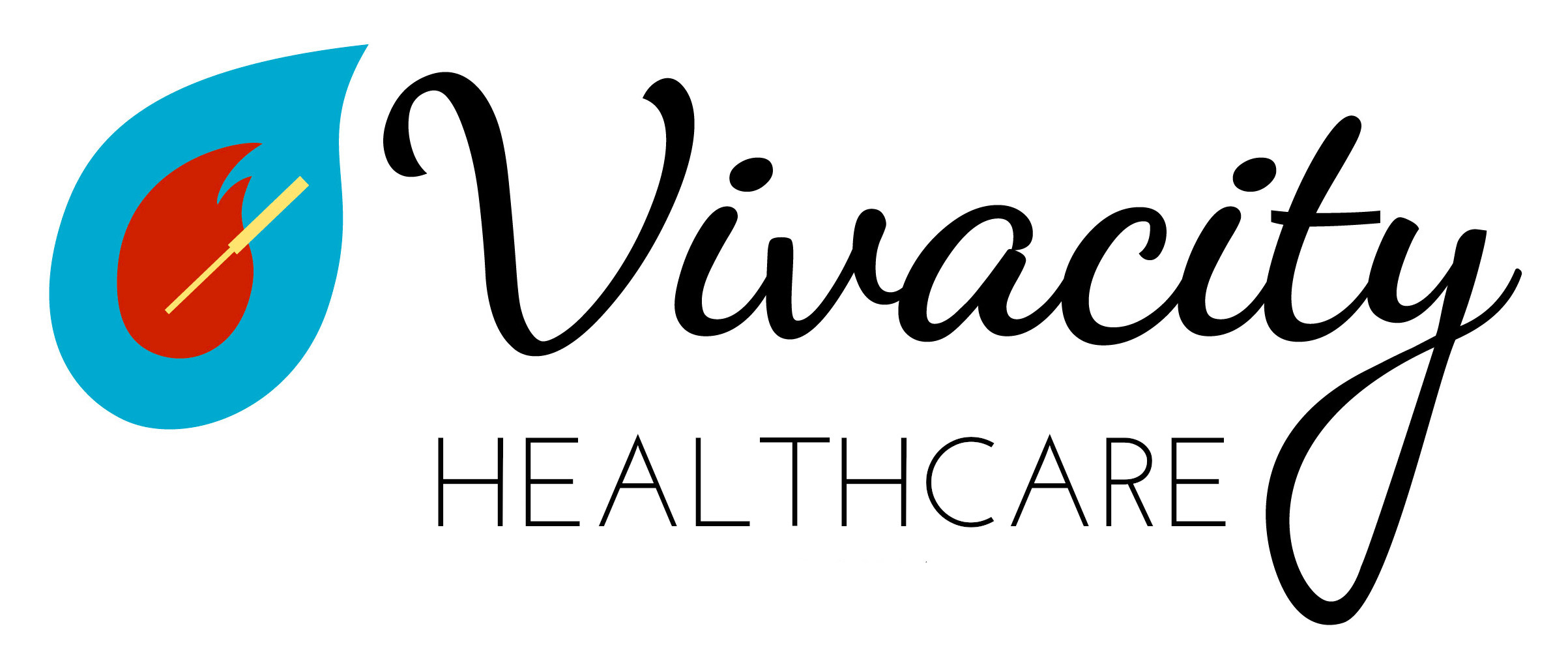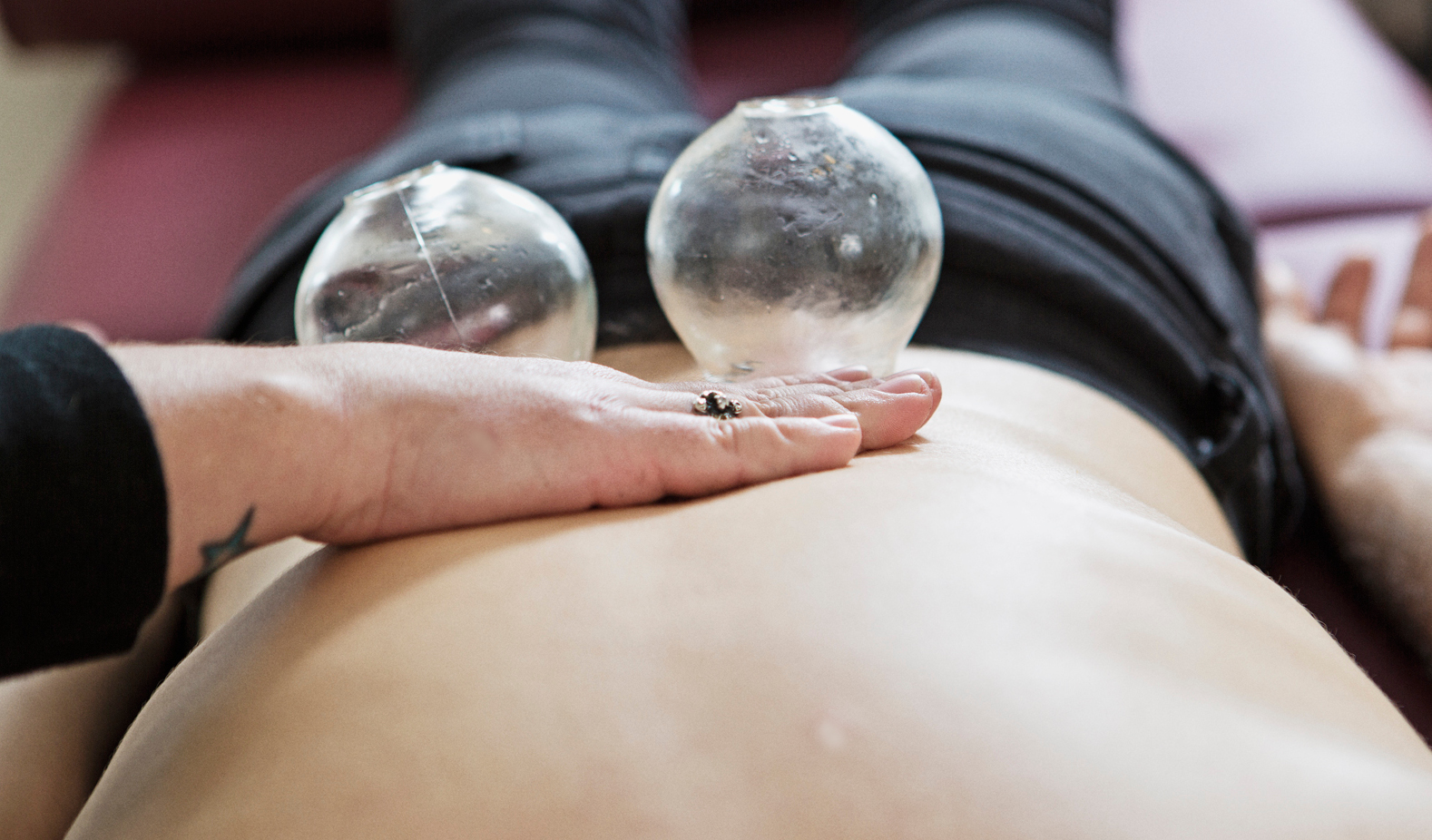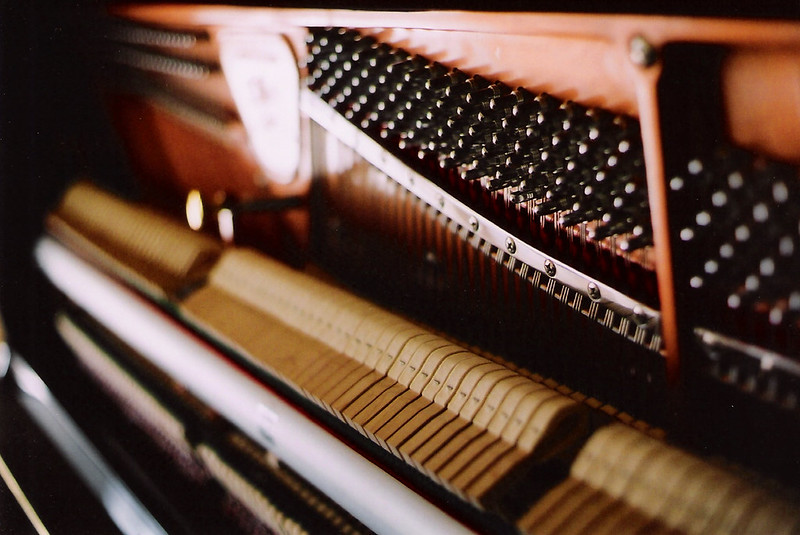I’ve had several people ask my opinion on the media hubbub and first, let’s get some things straight:
The overwhelming majority of media attention on cupping due to the Olympics has not consulted medical professionals with cupping in their scope of practice and have therefore furthered misconceptions. The most prevalent false claim is that the marks left from cupping are bruises. A bruise forms when the blood vessels are broken. However, in cupping, vessel walls are stretched as the skin is pulled upward allowing blood cells to emerge from the natural openings in the vessels. After a short time, typically a few days, these blood cells will be reabsorbed and the marks will disappear. Importantly, this not only dramatically increases circulation in the area but it also clears blood from substances contributing to pain including metabolic byproducts, endogenous waste, exogenous toxic materials soluble in interstitial fluids and also clears materials deposited in the interstitial spaces yielding benefits long after the marks fade [1]. Bruising is a risk with cupping, but it is rare and would be the result of improper technique.
Why Cupping?
The most often cited medical reason to use cupping is the medical study showing marked decrease in pressure sensitivity in cases of neck pain.
Why Not Cupping?
Cupping is just one of many bodywork techniques that acupuncturists are trained in. It is especially suitable for patients who show other signs of blood stagnation or restricted circulation. Determining whether cupping is an appropriate therapy for a patient and the specific condition is something an acupuncturists would assess and only utilize if found to be so. See my Treatments page for other types of body work that are commonly used in conjunction with acupuncture and may be more appropriate than cupping depending on the condition and personal constitution.
[1] 2013. El Sayed SM, Mahmoud HS, Nabo MMH. “Methods of Wet Cupping Therapy (Al-Hijamah): In Light of Modern Medicine and Prophetic Medicine.” Altern Integr Med 2:111.
[3] 2013. Lauche, R. et. al. “Cupping for chronic nonspecific neck pain: a 2-year follow-up.” Forsch Komplementmed. 2013;20(5):328-33.




